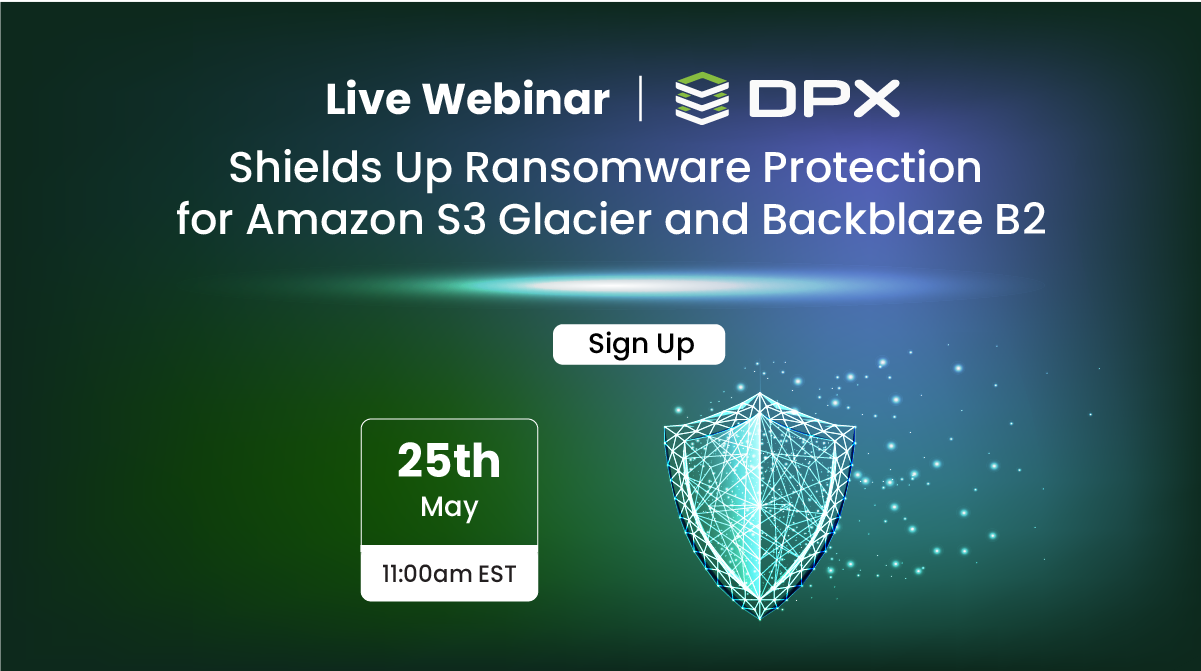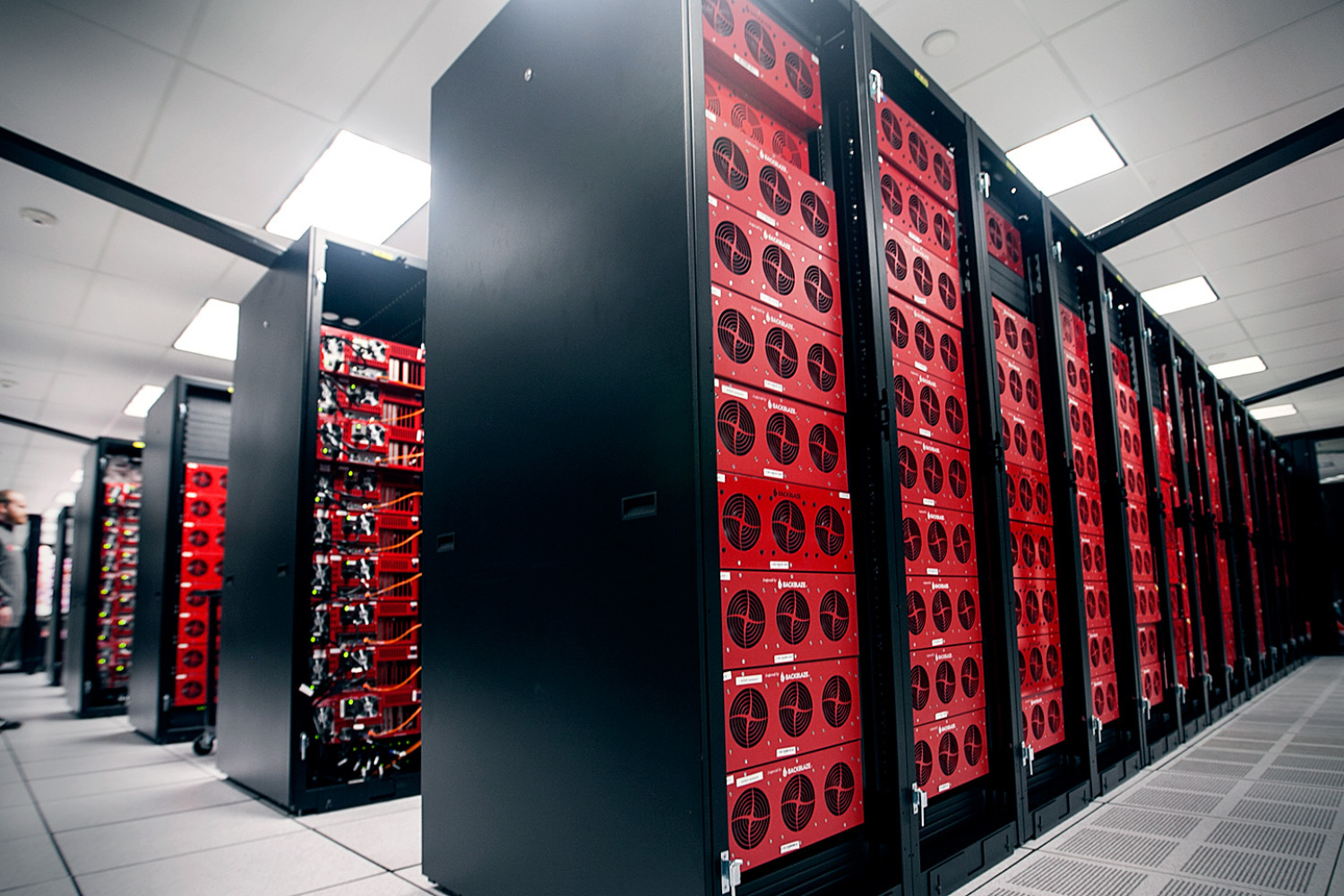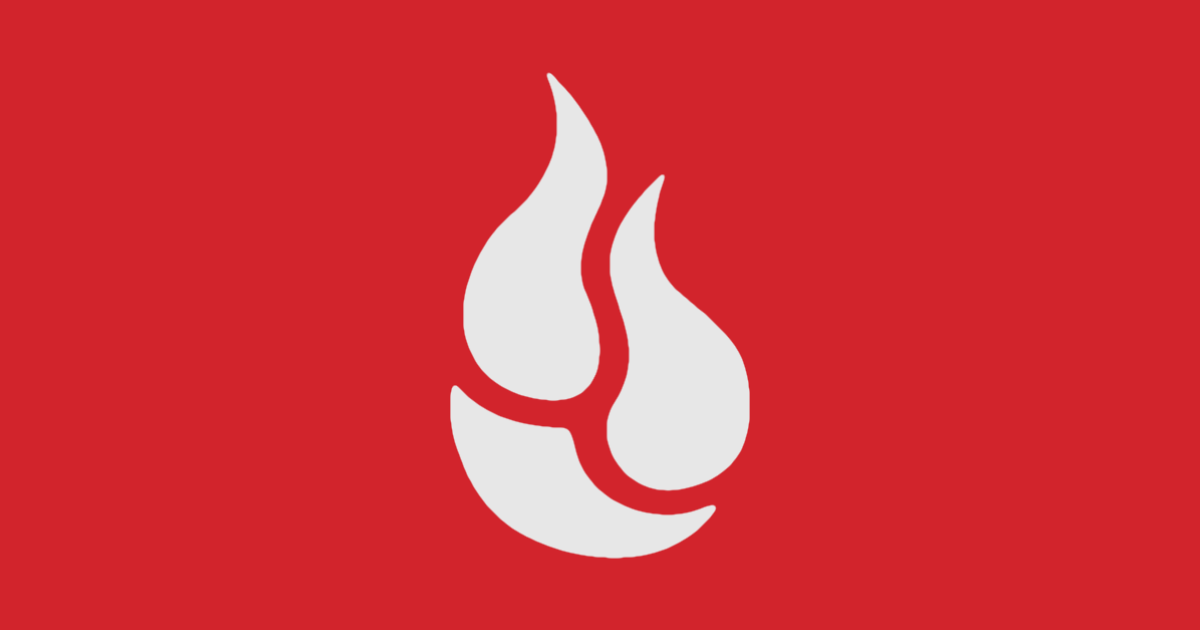

The next thing is to create a new key and log into your synology NAS. If you have a bucket that its all in lowercase you can use it. The first thing we have done is, log into our backblaze account and create a new bucket with the name all lowercase, important this. We have solved this in the following way: I am using the DS1618+ model, and when we wanted to select the bucket to do the cloud sync I got an authorisation error. Once configured you’ll be able to see your available VMs and click on the backup icon associated to that VM and complete backups to the cloud.įor additional information and support please visit the Storware website.The solutions given here didn't work to me. Select Virtual environment>Backup SLAs and under Primary Backup Destination please select newly created Backblaze storage devicesģ.Create a Backup SLA pointing to your newly created B2 cloud device Enter information for Virtual Environment to add a new Hypervisor or Hypervisor ManagerĢ. Once finished, select Save Configuring Storwareġ. Under Configure secret key enter your “Application Key”Ħ.

Under Configure access key enter your “Key ID”.Configure Access Key and Configure Secret Key.Enable “Object tagging enabled” and “Parallel Download enabled”.Choose Backup mode as “Single bucket for all instances”.Add API URL “example please see image below.On this screen there are multiple sections to fill out. Select Backup Destination>Object Storage> from the toolbar and select Create Backup Destination on the top right then select S3 compatible storage. Now that you have the applicationKey, keyID, and S3 URL Endpoint you are ready to start setting up the Bucket as a storage target in Stoware.Ģ.

Make sure you copy the keyID and applicationKey listed somewhere safe as the applicationKey will NOT be available again to view once you leave the page.ħ. In a blue box on the App Keys page you’ll now see the keyID and applicationKey listed here, along with the S3 Endpoint we saw when making the bucket. Give your key a name, and access to the bucket you created. Now click the App Keys link in the left-hand column to navigate to the App Keys page and click Add a New Application Key.ĥ. Take note of the S3 Endpoint listed here for use later when setting up B2 with Storware.Ĥ. You will now see your bucket on the Buckets page. Log in to your account at and click the Buckets in the left-hand column. Guide Getting your B2 Application Keys and S3 Endpoint URLġ. Storware supports multiple backup destinations for convenient data storage planning: local filesystem or an NFS/CIFS share, object storage (cloud providers), or enterprise backup providers. Storware provides a stable, agentless backup and snapshot-management solution for virtual machines, containers, storage providers, and applications working on-prem and in the cloud.


 0 kommentar(er)
0 kommentar(er)
